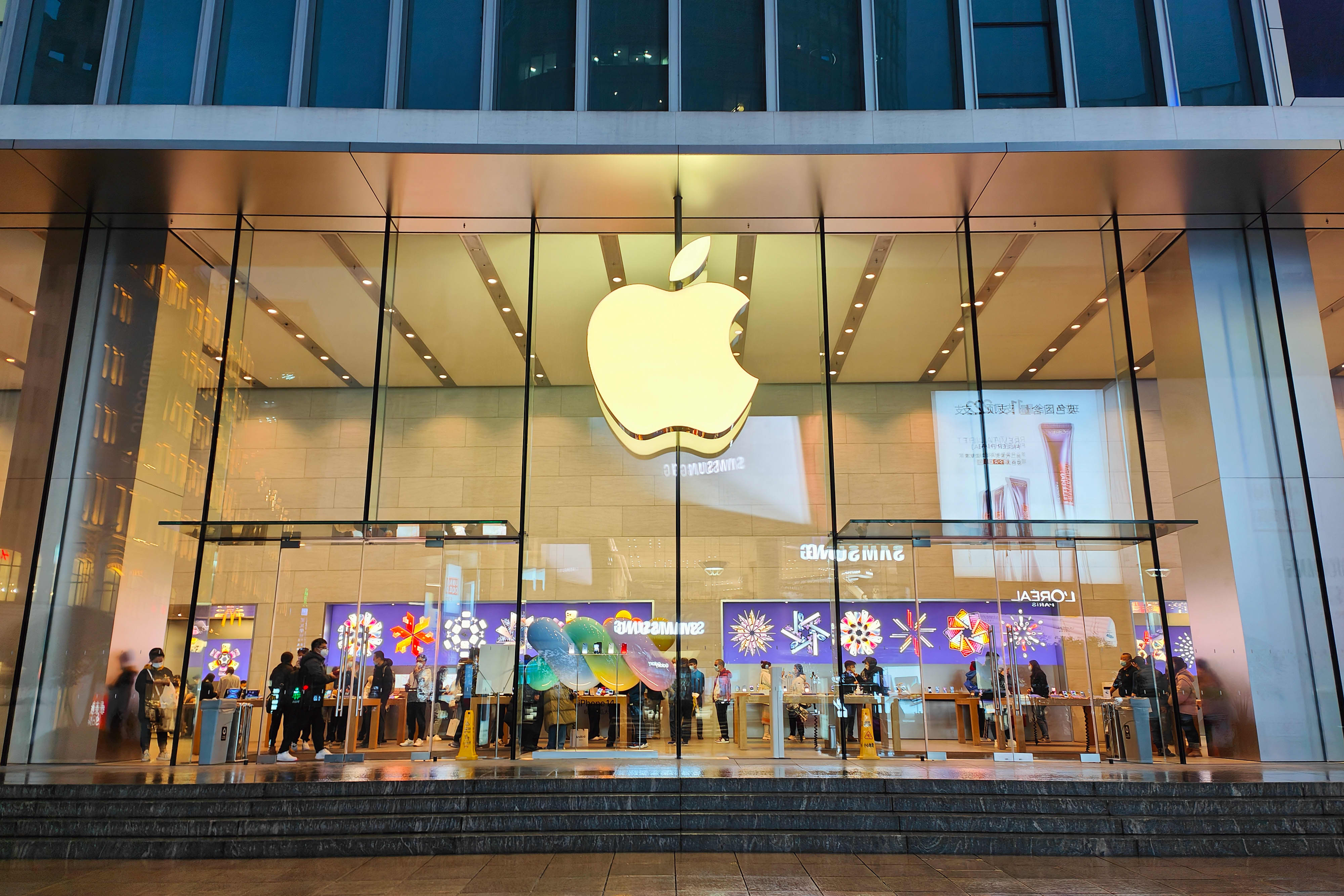Chinese smartphone makers are looking to push into the high-end device market to challenge the dominance of Apple and Samsung after one of the worst years for the market on record.
At Mobile World Congress — the world’s biggest mobile show — in Barcelona, Spain last week, Chinese smartphone makers had some of the most prominent stands and displays, fresh off the back of launching new products.
related investing news
Last month, Oppo, the world’s fourth-largest smartphone maker, launched its foldable smartphone called the Find N2 Flip which was priced at more than $1,000. Its bigger rival Xiaomi followed with the launch of its $1,000 plus Xiaomi 13 and Xiaomi 13 Pro.
Honor, a company spun off from Chinese telecommunications giant Huawei, then launched its $1,690 foldable smartphone called the Magic Vs.
These expensive smartphones represent a shift in strategy from Chinese companies, which have risen to prominence over the years through offering lower-cost devices with flagship-like specs.
“A multitude of companies such as Oppo, Xiaomi, OnePlus, Vivo, RealMe and others are keen to flex their muscles as they try to secure a place in the market alongside Apple and Samsung who increasingly dominate sales around the world,” Ben Wood, chief of research at CCS Insight, told CNBC via email.
Chinese giants go premium
That change in tact from Chinese firms comes after shipments in the smartphone market last year reached their lowest level since 2013. But the share of high-end smartphones, those priced above $800, rose from 11% in 2020 to 18% in 2022. Apple and Samsung combined have nearly all of that market.
Still, the opportunity is lucrative as Chinese vendors look to boost margins.
Unquestionably, Wood said there is “a push for the premium market which commands higher average selling prices and margins.”
The high-end push also coincides with China’s re-opening after the country abruptly dropped its strict Covid prevention rules in December. This has made it easier for executives, who have largely been stuck in China since early 2020, to travel abroad.
And it also coincides with renewed impetus by Chinese firms to expand their global reach. In 2022, the market share of Chinese smartphone makers Realme, Oppo and Xiaomi declined in Europe, while Apple and Samsung remained relatively stable. Chinese companies are hoping to change that now that the domestic economy has re-opened.
“The ease of lockdown is a ‘reboot’ for the companies manufacturing and exporting to global customers to meet in person and expand the relationships and business opportunities,” Neil Shah, partner at Counterpoint Research, told CNBC via email.
“So, for the next 12 months we will continue to see a surge of Chinese business as well as tourists flocking outside of China which will boost their global strategy.”
Challenges ahead
Chinese smartphone makers have yet to crack the premium segment of the market. The exception was Huawei which managed to find success in the high-end, eventually becoming the number one smartphone player globally in 2020, before U.S. sanctions crushed its handset business.
Xiaomi, Oppo, Honor and other Chinese challengers face a number of challenges in the premium segment, according to analysts.
The first is brand recognition, according to CCS Insight’s Wood, who said Chinese firms are spending “eyewatering amounts of money” on advertising campaigns to raise awareness.
But the biggest issue, according to Shah, is sustainable profitability.
He said Apple and Samsung are dominating most of the premium markets such as the U.S. and Europe. While Chinese brands have also not been able to build profitable software and services businesses as Apple has, which yields bigger margins.
“Profitability is the biggest challenge as their scale declines because the segments they have been targeting (affordable entry-to-mid-tier) has been shrinking,” Shah said.
Source: CNBC


